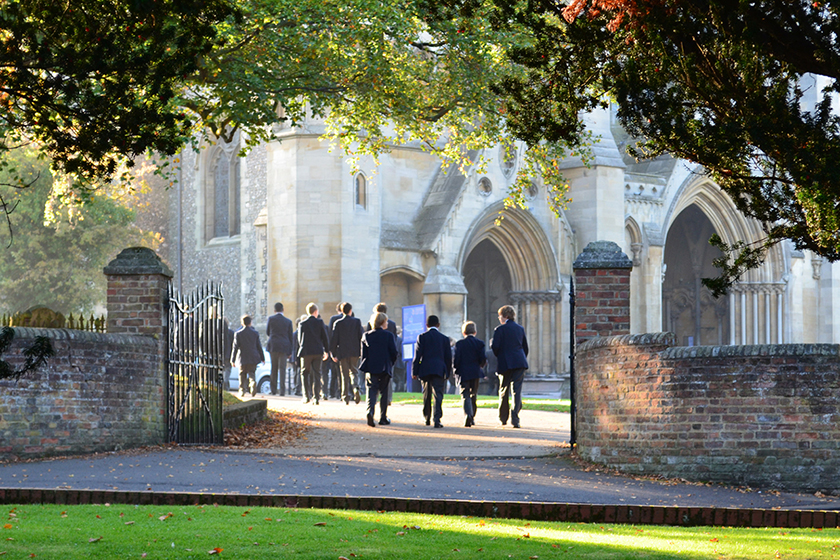
- HOME
- EDUCATION
Grammar Schools: The Story so Far
What will tomorrow's General Election result mean for the future of grammar schools?
By | 7 years ago
School House takes you through the story of the government’s grammar school plans so far.
Government green paper
In September 2016, Theresa May outlined her plans to bring an end to the near 20-year ban on opening new grammar schools, generating a significant amount of comment and press. In the green paper that followed, Schools that work for everyone, the following proposals were put forward:
- The ban introduced under Labour in 1998 against opening grammar schools will be lifted and new grammars will only open where there is sufficient local demand.
- Existing grammar schools will be able to expand.
- Non-selective comprehensive schools will be allowed to select where there was demand from parents.
- Selective and non-selective schools will collaborate. Students from non-selective schools being able to study certain subjects at their local grammar.
- A series of caveats will help working-class children who may not be in receipt of free school meals. Any new grammar will have to meet certain conditions including opening a ‘feeder’ primary in disadvantaged areas.
- New measures will make it easier for new faith schools to open.
- Greater pressure will be put on universities and private schools to sponsor state schools, so they can spread their ‘expertise through the system’.
- independent schools would have to work harder to warrant their charitable status.
State school sponsorship
The government’s proposed incentives for private schools to either set up or sponsor a state school was met with criticism from independent school chiefs.
In the Spring/Summer 17 issue of School House, Keith Budge, headmaster of Bedales, responded to the government’s call, arguing, ‘Such arrangements must be bilateral – it is wrong to place faith in the idea of a simple flow of know-how from the independent to state sector when there is much to be learned from a return flow.’
Mike Buchanan, chair of the HMC, which represents 282 of the top UK top independent schools, went further to dispute the new proposals, arguing: ‘Using charitable status as a stick to beat us with is both a blunt instrument and one which is unlikely to hit its target’.
Buchanan pointed out that independent schools already had partnerships involving 10,000 state schools, reaching 160,000 state school pupils, and were willing to do more.
Grammar schools for all
The Secretary of State denied that new grammar schools will ignore the country’s poorest families in a speech made earlier today at St Mary’s University, Twickenham.
Children from families who earn less than £33,000 should be given priority in grammar schools, Justine Greening said. The government hopes to target children who do not qualify for free school meals, who tend to live outside inner cities, in the suburbs and coastal areas.
‘Ordinary working families shouldn’t have to make do,’ Greening said. ‘The selection in new 21st-century grammar schools will add to the options available to young people, to truly help make the most of their talents.’
General election
On the 18 April, Prime Minister Theresa May announced plans to call a general election on the 8 June, potentially throwing the proposal of new grammar schools back into the air.
Jeremy Corbyn vowed to make reversing Theresa May’s plans for new grammar schools his top priority if he became prime minister. His party believes that grammar schools will segregate children in the country, providing a privileged education for a few and a second-class education for the rest.
Tim Farron of the Liberal Democrats said, ‘I am utterly opposed to any plan that will bring back grammar schools.’ He also argued that grammar schools segregate children and that the needs of millions of children, suffering from underfunded schools, will be ignored.



